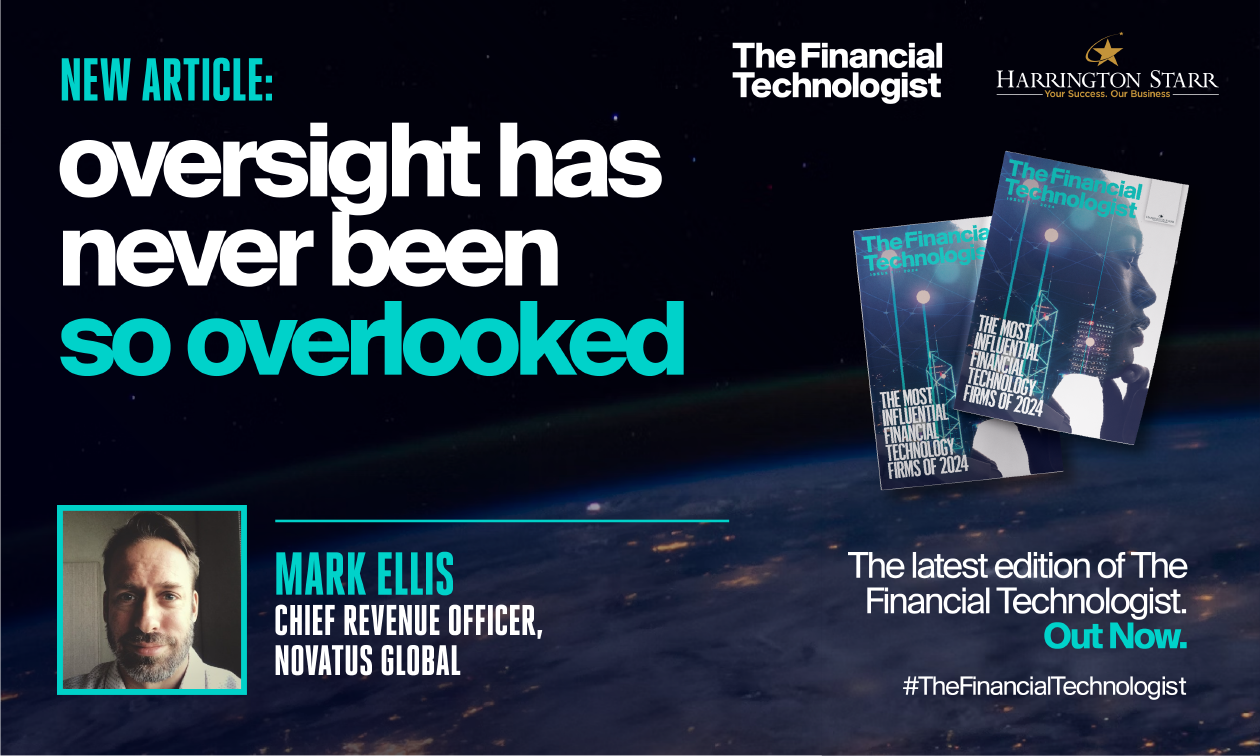Download your free copy of the latest Financial Technologist magazine here.
The regulatory reporting industry generates a massive paper trail. More guidelines, thought-leadership articles and white papers have been produced in 2023 than ever before (and that doesn’t include Regulators’ Q&As, guidance and guidelines). Industry consultants. advisors and practitioners have churned out more interpretations of new rules and associated change impacts and best practices than you can shake the proverbial stick at.
Yet here we are in early 2024, with the major EMIR Refit looming on the horizon, yet many market participants are still not entirely sure whether and how they’ll meet regulatory implementation deadlines.
It’s hard to argue with the noble ambition of greater global alignment of derivatives reporting regimes and to the harmonisation of international standards for transaction reference data (LEIs, UTIs, UPIs etc.). Satisfying new reporting rules is, however, an enormous challenge and resource burden, particularly when operating in multiple reporting jurisdictions.
An unprecedented number of regulatory reporting rewrites have been tabled over the past few years and 2024 is particularly challenging for those tasked with implementing these many and varied reporting requirements. April is the EU deadline for satisfying the cold-sweat inducing challenges of the massive EMIR Refit; the UK follows in September, and later in the year heralds the ASIC Rewrite, MAS Update and other rule changes from JFSA, CFTC and the SEC.
While, from the regulators’ standpoint, these required changes are being mooted as a ‘standardisation’ of reporting regimes, in reality, there is no standardisation with respect to the changes whereby changes made for one regime will apply across them all.
So what is to be done? In their efforts to keep multiple regulatory reporting plates spinning, firms have consolidated, outsourced, vendor-layered and/or brought in inhouse capabilities to seek to provide comprehensive coverage of a set of moving parts that grows in complexity with every iteration. The regulatory reporting industry has tried to assist by structuring and quantifying reportable data using a dizzying array of “standards” and while these are all noble intentions, most will require a sizeable lift in terms of implementation. Another approach is to gauge peer opinions from industry associations, conferences and roundtables about how best to book an FX Forward in Toronto on a rainy Tuesday.
Some firms, in exasperation, may decide that it is simply no longer cost effective to trade in certain regions due to the impact on the ‘cost of trade’ of resourcing and managing regulatory changes and obligations. Even those firms that get their own shop in order will face off to counterparties –including those reporting entirely on their behalf –that may report differently. Who is to say which party is right? In the absence of industry consensus, and without being able to assign away responsibility and liability for decisions made, it is an imperative that firms are able to understand, implement and document what is reported in order –if asked by a regulator –to be able to ‘show your working’.
Show your working
If you can’t prove the rationale behind a process, interpretation or identification of issues, how do you demonstrate adequate oversight? (the Senior Managers Regime mandates additional obligations with respect to personal responsibility and accountability for the existence of the appropriate framework for overseeing your business).
So no pressure at all then. All you have to do, for every report-eligible transaction, in every reporting jurisdiction, in accordance with every regime's specific rules, is prove that what came out of your books and records is what ended up at the appropriate destination (Trade Repository or other end point). Then test again to create an accurate and coherent report to show reporting rigour to regulators, beyond passing gateway validations.
When EMIR first went live not so very long ago, getting any record into a Trade Repository in a timely manner constituted a triumph. Then came field validation scrutiny, and then data accuracy. Nonetheless, the ever-present principle of ‘show your working’ prevails. The good news is that you don’t have to do this alone. We’re here to help. In addition to offering specialist regulatory reporting advisory services, we have the only SaaS solution, Novatus ARC, to support EMIR Refit and all other reporting regimes and asset classes.
Experience-led and technology enabled, we give you the peace of mind –and time –to catch up on all those white papers.
Download your free copy of the latest Financial Technologist magazine here.

